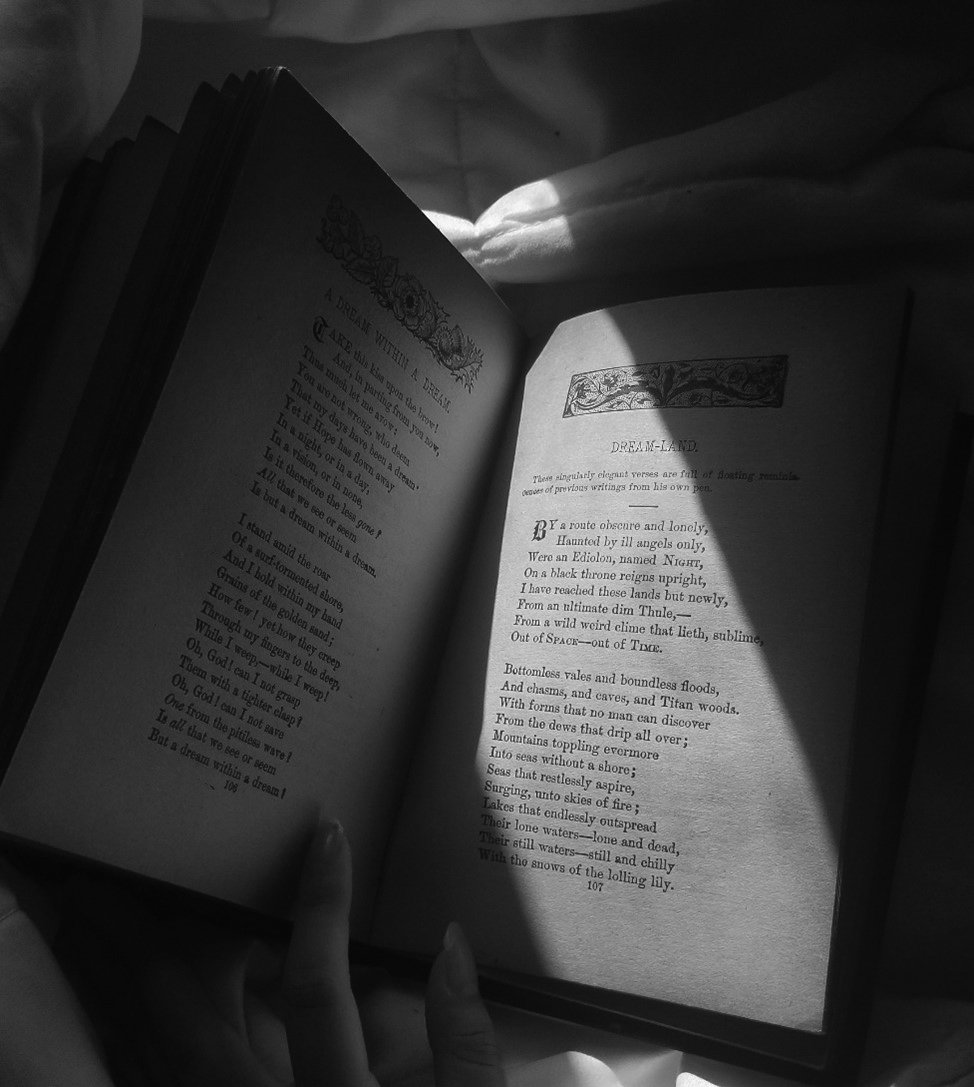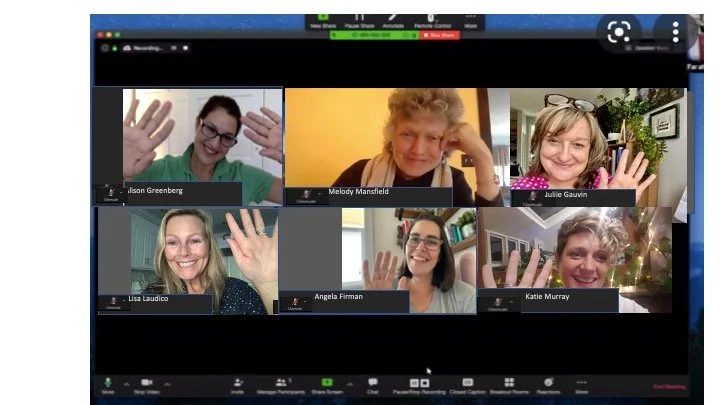By Piper Sartison, written May 2022
To honor Ida B. Wells, whose birthday just passed, Piper Sartison, Yellow Arrow’s winter marketing intern, wrote a short blog about her incredible accomplishments.
“The reason why I wanted to focus on this blog was that I wanted to tell the story and journey behind a monumental and historical journalist. Ida B. Wells used her skills in writing to become an advocate for the voiceless, as she sacrificed everything to fight against oppression. In relation to the current events that surround us today, I hope that this piece will reinforce the significance of journalism, as it has the potential to give a voice to people who are marginalized and need our support.”
Ida B. Wells was a teacher, civil rights activist, journalist, and feminist. Born on July 16, 1862, in Holly Springs, Mississippi, her parents passed away when she was young and so she spent her youth taking care of her siblings. Once she turned 16 (from most general sources), Ida started a career in teaching to provide for her siblings and spent her free time writing for newspapers. In 1882, she moved to Memphis, Tennessee, where she bought a first-class ticket on a train. The crew, however, attempted to force her into a cart that was reserved for African Americans only. Ida refused, and as a result, she bit one of the crew members, who was aggressively removing her from the train. Ida sued the railroad, but her claims were rejected by the Tennessee Supreme Court. This situation influenced her passion for free speech, as she later started her career with the Memphis Free Speech newspaper.
Once Ida gained enough experience in writing, she became the co-owner of the Memphis Free Speech when she was in her 20s. Using this job as a form of advocacy for African Americans, she expressed her opinion on the oppression and racism in society for the public to read. During her time as a journalist, three of her friends got lynched in her community. Ida was outraged and published pieces that outlined the racist truth behind why her friends got lynched. In her piece, she told the people of Memphis to stop shopping at white-owned businesses and encouraged them to move to Oklahoma.
In 1892, Ida moved to New York, as she wanted to write for The New York Age. It was there that she published pieces on the cruelty of lynching, encouraging others to revolt against violence and racism. In 1895, Ida married Ferdinand L. Barnett and had four children with him while they resided in Chicago, Illinois. While also tackling the challenges of motherhood, Ida found time to support the suffrage movement and help found the first kindergarten class for black children.
In 1909, she gave her support to the National Association of Colored Women, based in Washington, D.C., which worked to promote equality and was one of the biggest organizations of black woman clubs in America. In her work with the Alpha Suffrage Club in Chicago in 1913, she encouraged women in the community to elect politicians that best represented the African American population. Her efforts with this organization ultimately contributed to women’s suffrage in Illinois.
She died of kidney complications in 1931 at the age of 69. Ida was posthumously given a Pulitzer Prize in 2020 for her bravery and advocacy against racism, violence, and sexism. The Ida B. Wells Barnett house, where Ida and her husband once resided in Chicago, is a National Historic Landmark.
Ida sacrificed her life to contribute to the civil rights movement, organizing rallies, creating an antilynching campaign, advocating for African Americans in newspapers, and willingly standing up against the system that deemed anyone inferior. Today, Ida B. Wells is remembered for her courage, strength, and immense intelligence. In her life, she stood up to injustices, and spoke up about systemic racism, invoking significant change within her community.
Piper Sartison is a rising junior at Washington College. She is a competing member of the school’s tennis team, writes for The Elm, and is a major in English and a minor in journalism. Piper is from Calgary, Alberta, Canada, and will be residing there for the summer, where she hopes to do some freelance writing.
*****
Yellow Arrow recently revamped and restructured its Yellow Arrow Journal subscription plan to include two levels. Do you think you are an Avid Reader or a Literary Lover? Find out more about the discounts and goodies involved at yellowarrowpublishing.com/store/yellow-arrow-journal-subscription. Yellow Arrow Publishing is a nonprofit supporting women writers through publication and access to the literary arts.
You can support us as we AWAKEN in a variety of ways: purchase one of our publications from the Yellow Arrow bookstore, join our newsletter, follow us on Facebook, Instagram, or Twitter or subscribe to our YouTube channel. Donations are appreciated via PayPal (staff@yellowarrowpublishing.com), Venmo (@yellowarrowpublishing), or US mail (PO Box 102, Glen Arm, MD 21057). More than anything, messages of support through any one of our channels are greatly appreciated.
































